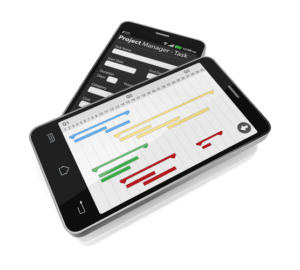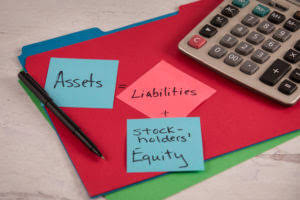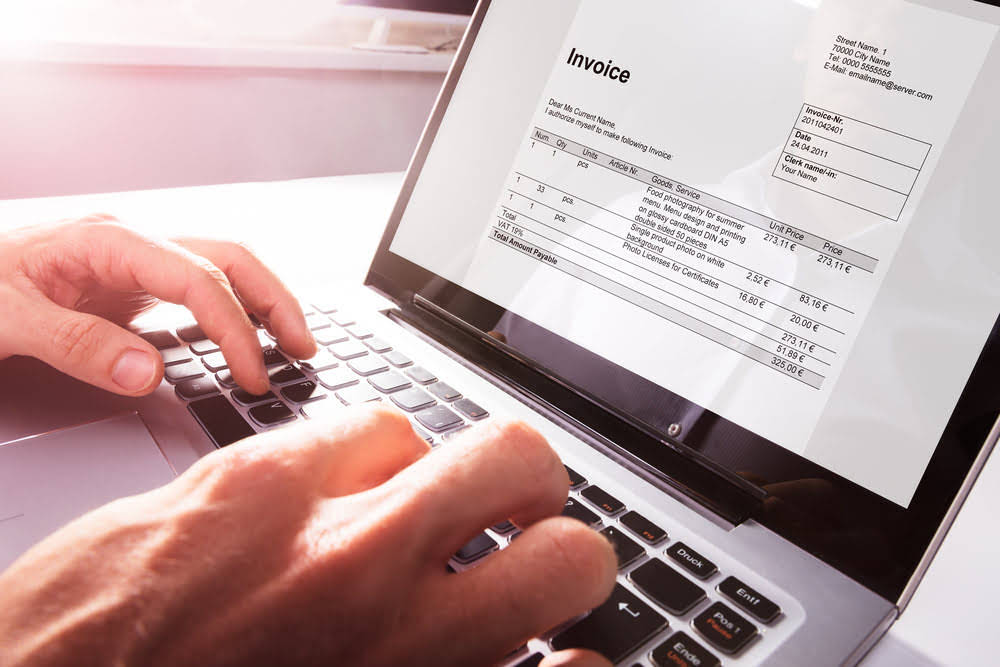Conversion Costs Formula Example

Conversion Cost Variance is a crucial metric for cost accounting and management. By measuring and analyzing the difference between actual and budgeted conversion costs, companies can identify areas of improvement, optimize their production processes, and enhance cost control. It depends on the conversion costs type of industry and expectations from the analysis. If the business is focused on the intensive conversion of raw materials to products, then conversion costs can give better results. In contrast, if the business regularly invests a big chunk of its expense on raw materials, Prime costs can provide a better overview.
Strategies for Reducing Conversion Costs

Homeowners must decide whether to base coverage on replacement cost or actual cash value (ACV), as this choice affects Insurance Accounting premiums and out-of-pocket expenses. Replacement cost coverage reimburses the full cost of repairs or rebuilding without deducting for depreciation. If a 20-year-old roof is damaged, this policy covers the full replacement price. Lenders and mortgage providers require homeowners to maintain insurance to protect their financial interest in the property. This “hazard insurance” covers damage from perils like fire, windstorms, and vandalism. The minimum coverage is typically based on the loan balance or estimated rebuilding cost, ensuring the lender can recover its investment if the property is damaged.
Return Fraud: What is? How to Identify And Reduce It On eCommerce?

By using conversion costs, we can calculate an efficient way of determining equivalent units and unit costs. Remember, these are just a few strategies to improve conversion cost efficiency. Each business is unique, and it’s essential to analyze data, experiment, and iterate to find the most effective approaches for your specific goals and target audience. Samsung has a cell phone production unit with a production capacity of 10,000 daily it incurs day-to-day expenses to keep its business running.
- Take a look at all the relevant metrics before you decide to pause any keyword.
- Conversion costs are essential for accurately pricing products, managing expenses, and optimizing production processes.
- Also, make sure you don’t confuse cost per conversion with other similar terms.
- In a nutshell, you will get a better return on your paid campaigns.
- Some common examples are insurance, building maintenance, machine breakup, and taxes on equipment or machining.
- Direct labor cost refers to the wages and benefits paid to workers directly involved in the production process.
Formula of Conversion Cost

These costs are essential for the smooth functioning of the organization and include expenses such as rent, utilities, salaries of administrative staff, and office supplies. While direct costs vary with production levels, overhead costs remain relatively stable regardless of output. In this section, we will delve into the concept of the conversion cost ratio and its significance in cost accounting and management. The Conversion Cost Calculator is a vital resource for manufacturers looking to gain insights into their production costs.
Identifying Successful Campaigns
In summary, direct material costs are unearned revenue fundamental to production and require strategic management. By understanding their nuances, businesses can optimize costs, enhance product quality, and maintain competitiveness. Remember, these costs are not just numbers; they represent the tangible building blocks of every product we encounter in our daily lives.
- By understanding the nuances of conversion costs, businesses can enhance their financial performance and achieve sustainable growth.
- Each endorsement should be evaluated to balance coverage needs and cost.
- By understanding their nuances, businesses can optimize costs, enhance product quality, and maintain competitiveness.
- In summary, conversion cost bridges the gap between raw materials and finished products.
- And if you keep a tab on the conversion cost, you can make meaningful and timely changes to these campaigns.
- As evident, negative keywords make your ads more targeted.
- Homeowners must decide whether to base coverage on replacement cost or actual cash value (ACV), as this choice affects premiums and out-of-pocket expenses.
- How to use conversion cost for cost accounting purposes, such as assigning costs to products, inventory valuation, and variance analysis.
- And you don’t have to pay all your attention to the ones with a low conversion rate.
- The cost of a product is determined by the amount of labor and overhead needed to convert raw materials into finished goods.
The cogs is the cost of the goods that are sold during the accounting period, and it is deducted from the sales revenue to calculate the gross profit. The inventory valuation is the cost of the goods that are not sold and remain in the ending inventory, and it is reported as a current asset in the balance sheet. The conversion cost affects both the COGS and the inventory valuation, depending on the method used to calculate it. The weighted average method assigns the same conversion cost per unit to both the COGS and the inventory valuation. The FIFO method assigns a lower conversion cost per unit to the COGS and a higher conversion cost per unit to the inventory valuation. In this section, we will delve into the topic of conversion cost efficiency and explore strategies to enhance the conversion process while minimizing costs.

